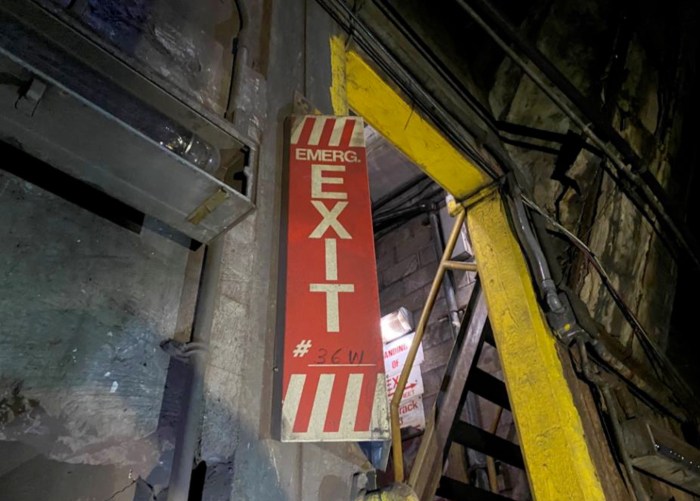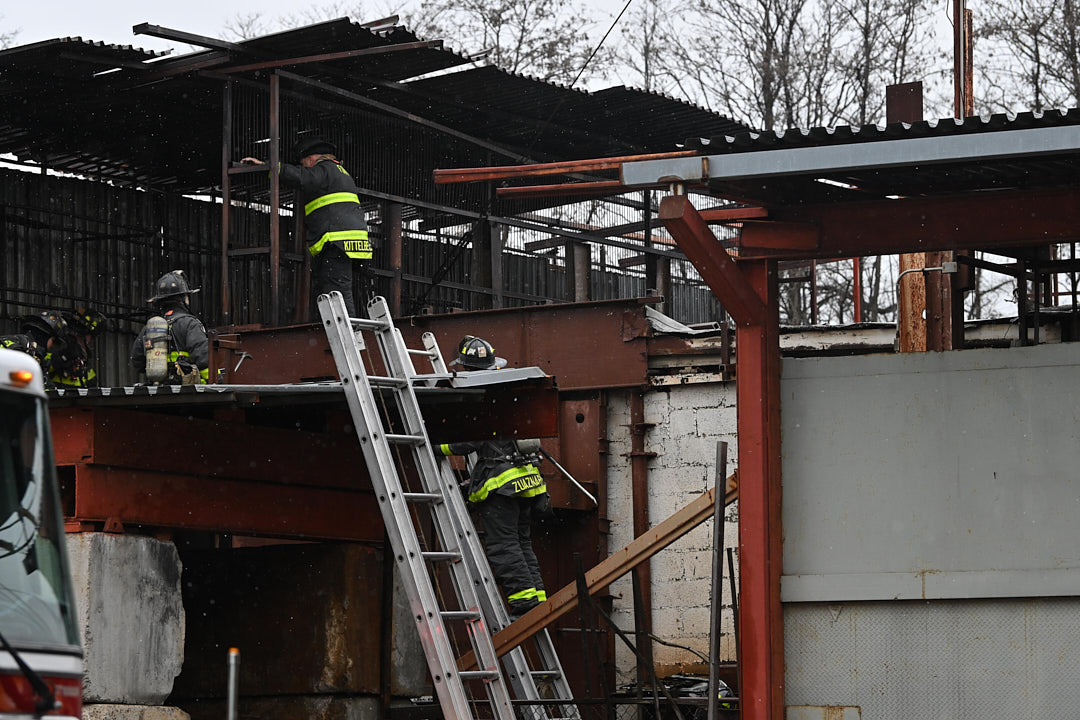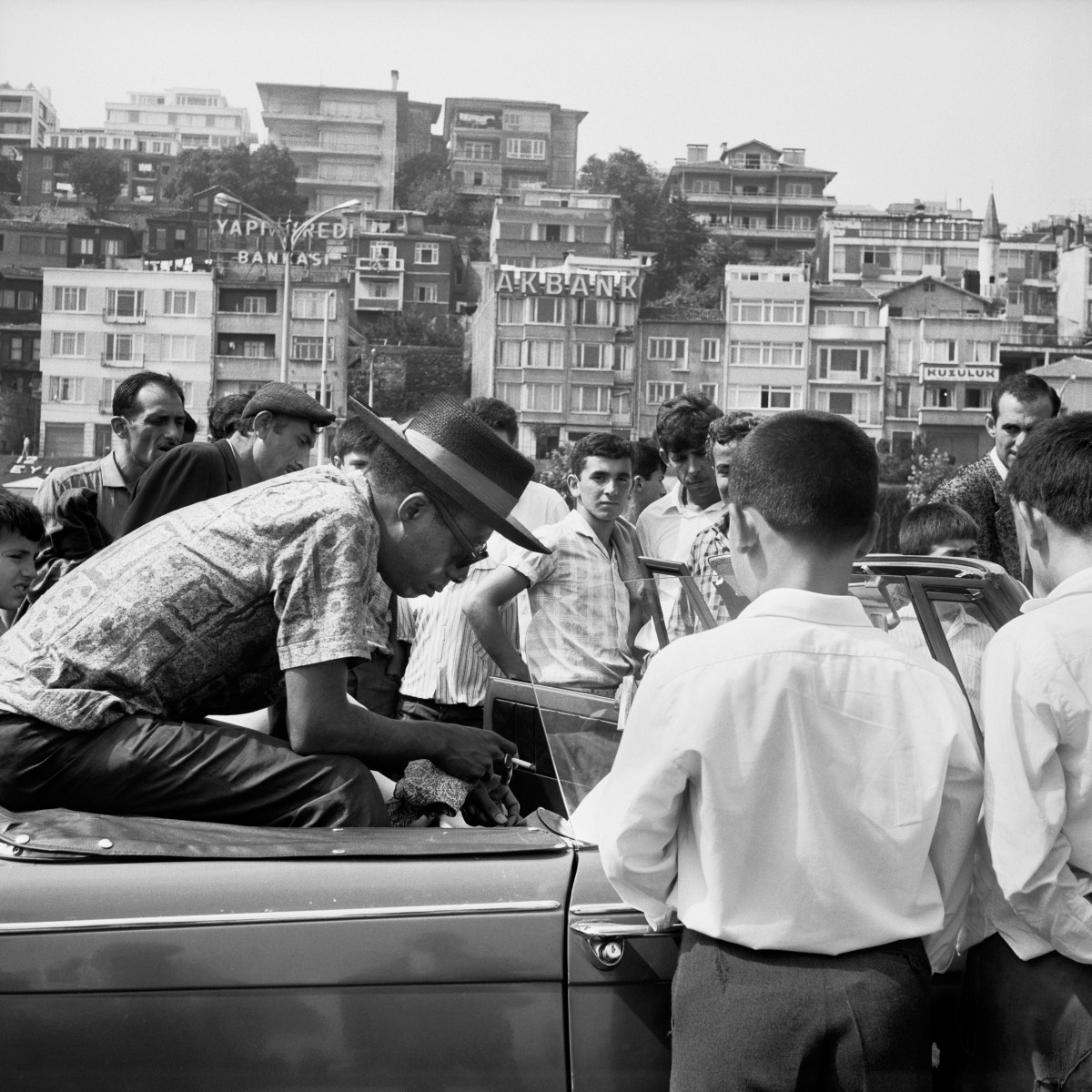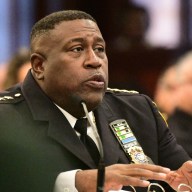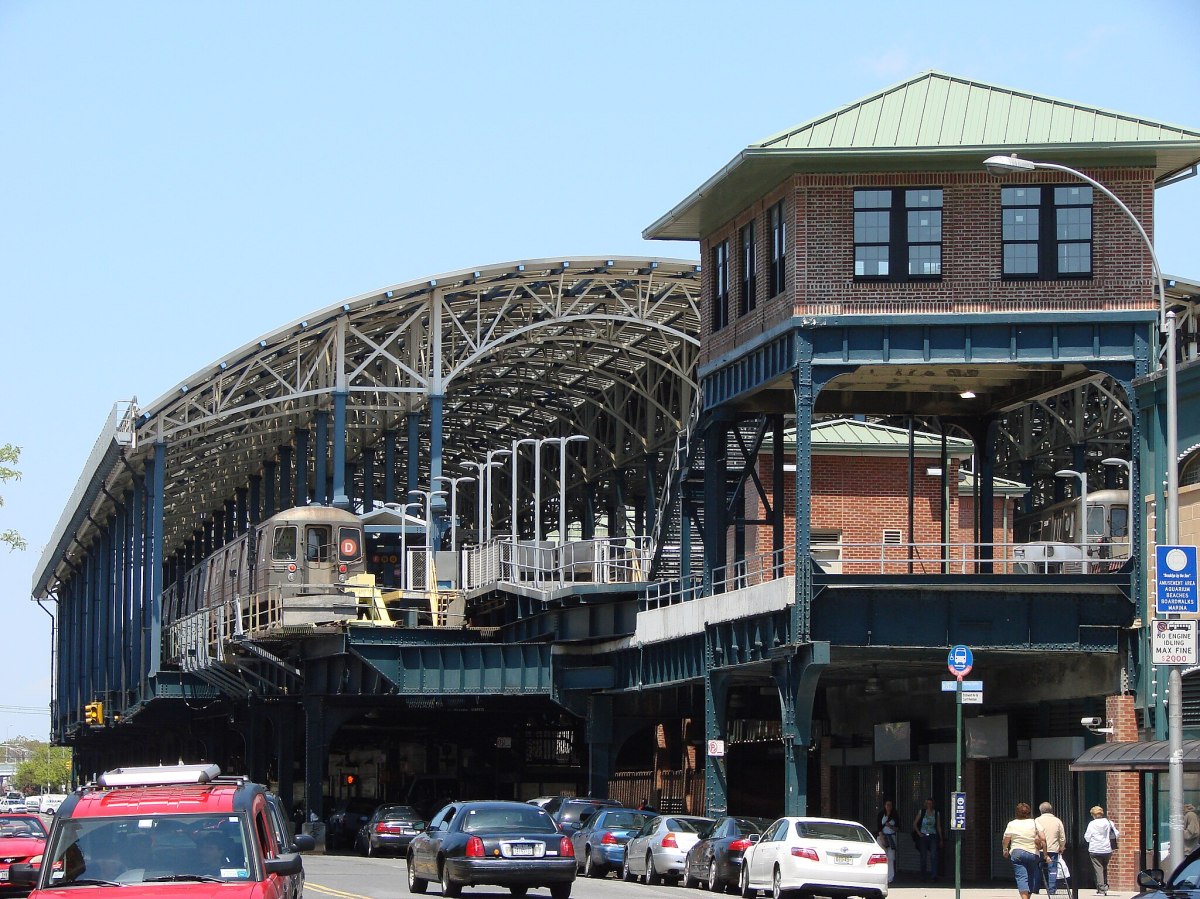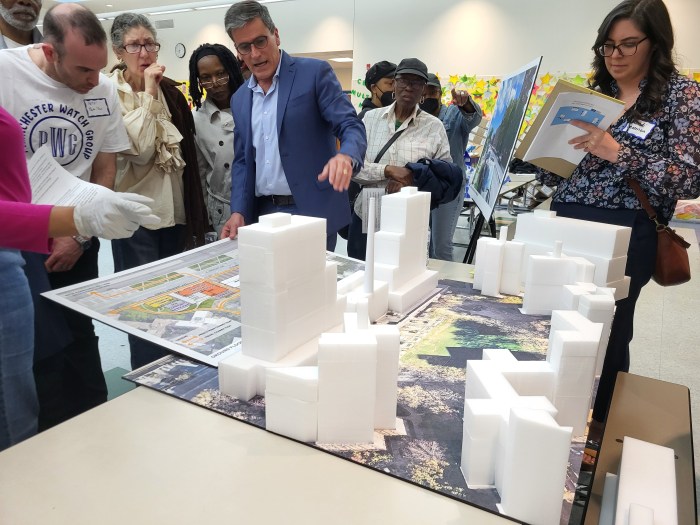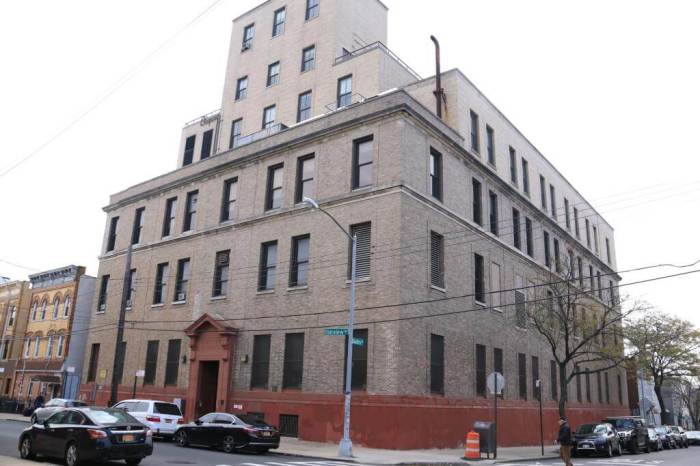Police in Manhattan confiscated 247 illegal motorized bicycles in the borough on Wednesday during a targeted safety blitz.
“Pedestrians, bikers & motorists are safer because we took these illegal electric [bikes] off the streets today #VisionZero,” tweeted Deputy Inspector Mark Iocco, commanding officer of the 1st Precinct in lower Manhattan.
“Electric bikes are illegal,” reaffirmed Captain Steve Hellman, commanding officer of the 7th Precinct, in a tweet with a photo of seven confiscated motorized bicycles.
Officers averaged a seizure rate of just more than 10 bikes an hour during a 24-hour crackdown focused primarily in southern Manhattan, according to an NYPD spokesperson.
A bit farther uptown, the Midtown North Precinct confiscated 38 illegal bikes, ranging from taped-over two-wheelers to pedicabs, according to photos tweeted from the precinct’s commanding officer, Inspector Peter J. Venice.
The crackdown falls under the banner of Vision Zero, Mayor Bill de Blasio’s initiative to eliminate all traffic deaths on city streets. But bicycle messengers argue that the crackdown unfairly capitalizes on nebulous laws while taking away many immigrants’ means of making money.
“It’s a little unfair because some people are older; they might have knee problems and the motor helps,” said Eric Cuanalo, 20, a bicycle messenger, as he pedaled on a fully manual bicycle up Eight Avenue in midtown. He admitted that he didn’t understand the illegality of the bikes.
“This is how they make money. It’s their livelihood,” he added.
Laws involving electric bicycles are murky and vary. The federal government considers any bicycle legal that, when powered exclusively by a motor, has a maximum speed of less than 20 miles per hour. But those same bikes are banned under New York state law.
“Delivery cyclists get a raw deal in our city and this is a prime example,” said Manhattan Councilman Ydanis Rodriguez, chair of the Council’s Transportation Committee, in a statement. “Instead of confiscating their means of making a living, the city should find ways to work with this often-silent workforce.”




